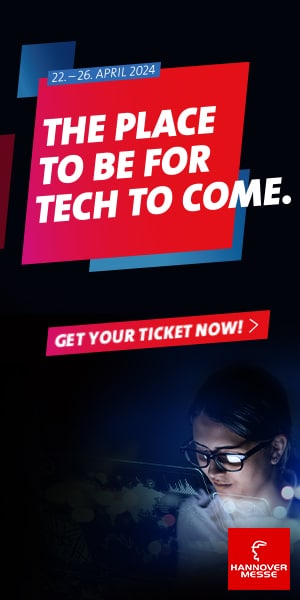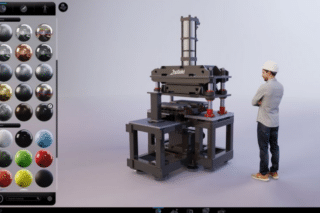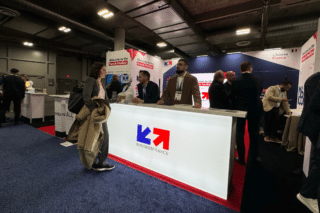How does virtual reality help design, engineering and manufacturing professionals anticipate and manage the quality of a product before it is launched? Do digital prototypes of an entire production line confer enough benefits to warrant the expense, or are they an unnecessary luxury?
When planning a manufacturing facility, the ideal first step is to simulate and test as much as possible before investing in construction of the physical plant.
This typically requires close interaction among different departments, including shared CAD data and visualizing point cloud data. Understanding on-site challenges also is facilitated by the use of physical models based on real-world data.
Designers in nearly every industry use CAD data for architecture, construction, design, engineering and production. Jaguar and others go further by using virtual reality (VR) systems for manufacturing and engineering.
The Jaguar Land Rover CAVE
The main benefit of CAVE (Computer-Aided Virtual Environment) is that it allows engineers to examine and test the components and assembly processes of a digital Jaguar before prototype construction. Brian Waterfield, VR technical lead at the Jaguar Land Rover Center in England says:
We have to go on a journey with our designers and engineers and introduce this new technology to them. If we want to build a prototype of an interior [of a vehicle], it takes about 12 weeks, but in the virtual world we can do it almost instantly and change things around as needed.
A more complicated virtual reality application is a software system called Visionary Render from Virtalis. It renders complex VR models in real-time stereoscopic 3-D. The update rates are very high and the latency is low.
Virtalis managing director David Cockburn-Price stated that:
Visionary Render is a game changer for engineers handling big and complex data, and it allows them to get inside and interact with their data in a virtual world at their desktop and in a big display environment.
VR for Product Lifecycle Management (PLM)
According to the company, there are several benefits to using Visionary Render.
- Interactive and immersive capabilities enhance understanding
- A unique, semi-transparent 3D user interface reinforces 3D immersion
- Seamless management of massive, complex CAD data sources
- Collaboration in a single VR environment
- Significant load time reduction
Lanner, which creates predictive simulation and optimization technology, partnered with Virtalis in 2014 to integrate VR collaboration systems into its array of services for clients all over the world.
Creating training and maintenance programs, and design reviews for networked designers and engineers around the world could be a major step forward. Raytheon beta-tested Visionary Render and used the VR system extensively for end-to-end project management.
When individuals and small groups working on a project from different locations can share large amounts of complex CAD data, obvious advantages ensue. But if systems like Visionary Render can help them solve daunting design and engineering problems, they could be the best next step.
Beta-tested by industry heavyweights including Raytheon, Vestas and Rolls-Royce, Visionary Render also is used by organizations like the Lawrence Livermore National Laboratory to push into new areas of nuclear fusion research.
Tim Williams-Wood, manufacturing technology program manager of virtual manufacturing at Rolls Royce, advocated the use of Visionary Render for businesses:
One of our key issues at Rolls-Royce is that we’re a global operation. We have over 85 manufacturing facilities and we have multiple engineering sites across continents ranging from the USA and Canada, to the Far East. The opportunity to collaborate offers us an opportunity to ensure we have different design teams centered on the same solutions. Discussing work through these visualization centers is very cost effective to the organization. It also allows us to open this up to key suppliers and customers to collaborate with visual information to receive more dynamic input and feedback.
Whether it’s currently considered a real need or an unnecessary luxury, virtual reality is on its way to becoming the next-gen factory planning solution.













